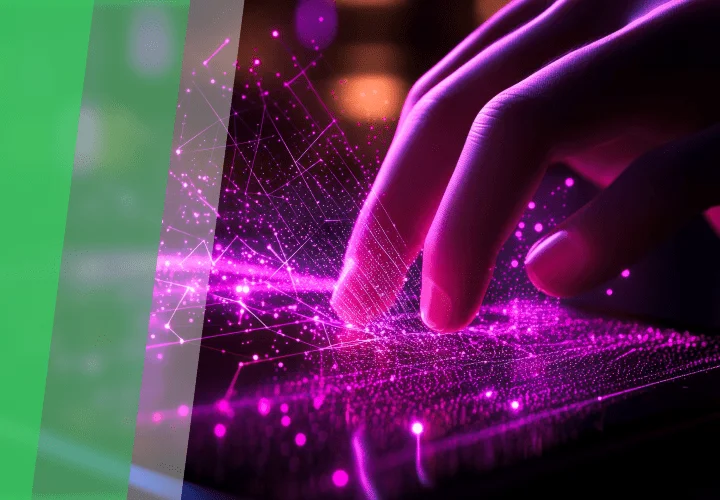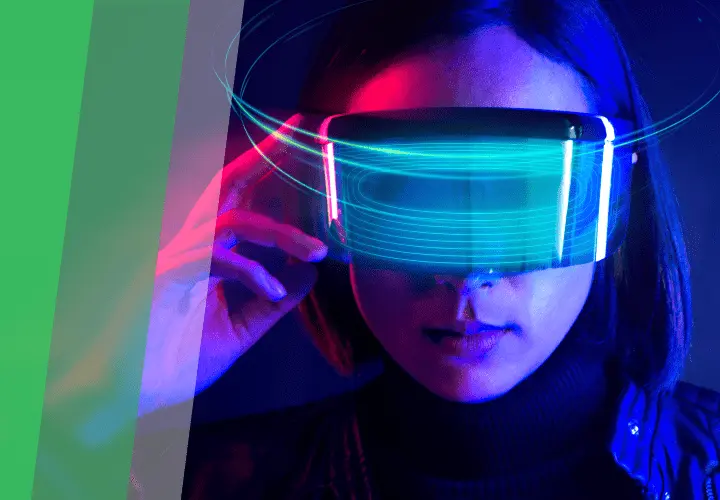How to Create a Loebner-Level Bot: The 2025-2030 Edition
Table of contents
The Loebner Prize once defined the gold standard for "human-like" AI. However, in the late 2020s, the goal has shifted. Passing a Turing Test is no longer about clever wordplay or "canned" responses—it is about cognitive agency, emotional intelligence (EQ), and long-term memory.
If you want to build a bot that can rival human interaction today, you need to move beyond simple LLM wrappers. Here is the blueprint for the next generation of conversational intelligence.
From Mimicry to Agency
In the past, bots like Mitsuku won prizes by using "tricks" to deflect questions. Today, a Loebner-level bot must demonstrate Reasoning.
- 2017 Approach: Using scripts to bypass difficult questions.
- 2026-2030 Approach: Using Chain-of-Thought (CoT) processing to actually solve problems, admit uncertainty, and remember the user’s history across years, not just minutes.
The Architecture: Neuro-Symbolic Hybrid
The "brain" of your bot should no longer rely solely on a single cloud-based model. The modern standard is a Hybrid Neuro-Symbolic Architecture.
The Three Pillars of the Modern Brain:
- The Neural Core (LLM/LMM): Use models like GPT-6 or Claude 4 for natural language fluidity.
- The Symbolic Layer (Logic & Constraints): A layer of hard-coded ethical guardrails and logical rules that prevent "hallucinations" and ensure the bot follows real-world physics and legal boundaries.
- The RAG 2.0 Engine: Instead of simple document retrieval, use GraphRAG. This allows the bot to understand complex relationships between people, places, and events in the user's life.
Beyond Text: The Multimodal Requirement
A human-like entity in 2030 is rarely just a chat bubble. To truly pass as "human-level," your bot must master Multimodality.
- Visual Context: Through "Spatial Intelligence," the bot should perceive the user's environment via camera (if permitted), recognizing facial expressions and physical context.
- Voice & Latency: Integration of Native Audio models (like GPT-4o or specialized clones) ensures 100-200ms response times, including human-like fillers ("um," "ah") and emotional prosody.
Key Features of a "Human-Level" Bot
- A. Persistent Long-Term Memory (LTM)
The bot must have a "Vectorized Biography" of the user. If you mentioned a childhood pet three years ago, the bot should be able to recall it naturally in a current conversation. This creates the "Friendship Effect" which is central to the modern Turing Test. - B. Agentic Tool Use
A Loebner-level bot doesn't just talk about booking a flight—it has the Agency to do it.
Action Transformers: The bot can navigate UI, call APIs, and manage software autonomously to fulfill a user's request.
- C. Personality & Self-Consistency
One of the biggest "tells" of an AI is a fluctuating personality.
The Persona Core: Use a dedicated "System Prompt" combined with a fine-tuned "Style Model" to ensure the bot maintains a consistent history, set of values, and temperament.
How to Build It: A 2026 Roadmap
Step 1: Choosing the Foundation
Don't build from scratch. Start with a Small Language Model (SLM) for local, high-speed processing (on-device) and "bridge" to a Frontier Model for complex reasoning.
Step 2: Implement the Memory Fabric
Deploy a Vector Database (like Pinecone or Milvus) to store user interactions. Use an AI agent to "summarize" and "tag" important memories daily to keep the context window clean.
Step 3: Integrate Emotion AI
Use APIs or local models to analyze the user’s input for Sentiment and Intent. Adjust the bot's "Temperature" and "Tone" parameters in real-time based on the user's emotional state.
Step 4: Safety & Ethics (Red Teaming)
In 2030, a bot that is easily manipulated is considered "low intelligence." Use automated Red Teaming to ensure your bot can't be "jailbroken" into abandoning its persona.
Conclusion
Creating a Loebner-level bot in the 2025-2030 era is no longer a hobbyist's game of writing clever scripts. It is a sophisticated engineering task of balancing Generative Power with Logical Control. The winner of the future Turing Test won't be the bot that talks the most like a human—it will be the one that understands and helps the human most deeply.
Updated on Dec 19, 2025





